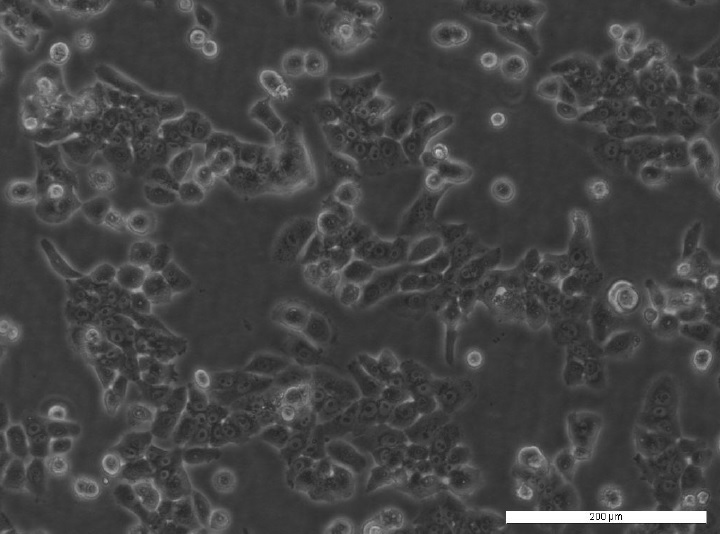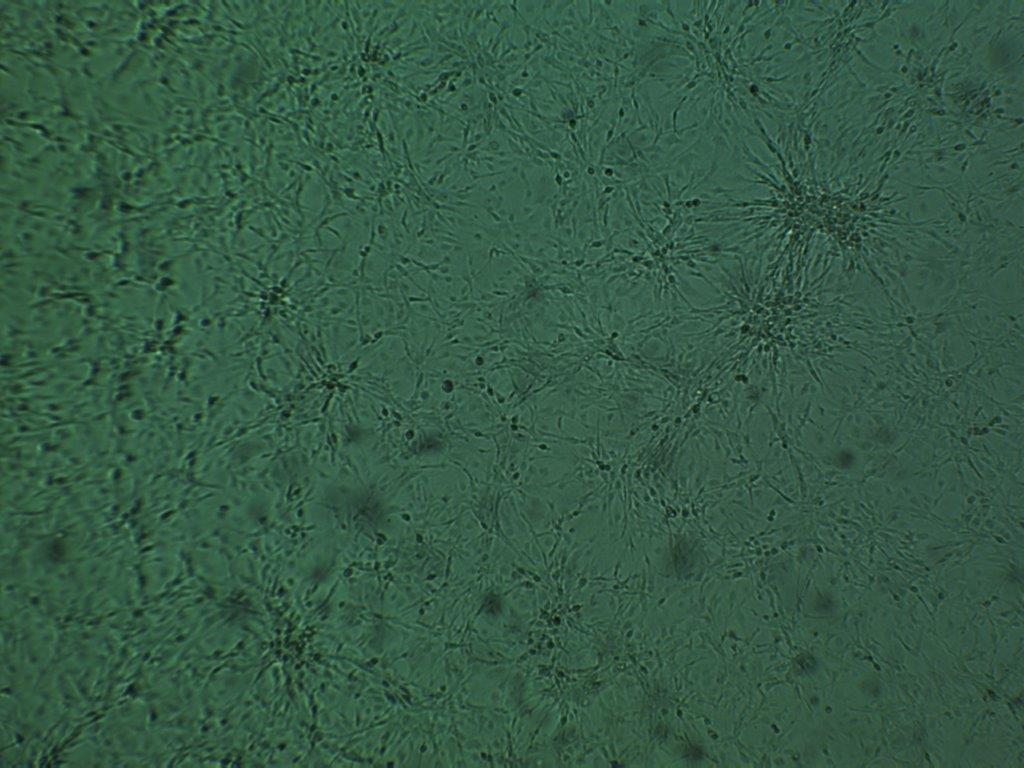38 new cell lines from Dr. Wytske M. van Weerden now available through CancerTools.org

Image Reference: 2x PTEN -/- mouse prostate cancer cell lines (MuCap system). Histology staining of syngraft tumours (Van Duijn et al., 2018).
Dr. Wytske M. van Weerden is an Associate Professor, who specialises in prostate cancer modelling, with a focus on studying mechanisms of resistance, such as hormone-, chemo- and radio-resistance, with a particular interest in androgen receptor-regulated pathways.1
As part of this research interest, Dr. van Weerden and her team have generated a series of 38 prostate cancer cell lines which are now available through the CancerTools.org collection.
About the cell lines
Prostate cancer is the 2nd most commonly occurring cancer in men and the 4th most common cancer overall. There were more than 1.4 million new cases of prostate cancer in 2020.2 The treatment for prostate cancer focuses on androgen deprivation therapy (ADT) aiming to reduce androgen receptor (AR) activation.3 Although initially effective, in time, resistance develops resulting in castration-resistant prostate cancer (CRPC). Interestingly, the vast majority of clinical CRPC tumours retain a functional AR that continues to drive tumour progression. However, preclinical research of CRPC still relies heavily on AR negative cell line models.4 The research team of Dr. van Weerden has created a comprehensive series of human-derived CRPC cell lines that reflect the changes in AR characteristics very similar to those observed in clinical CRPC. Discover these new cell lines now available through CancerTools.org:
-
- PC346C cell line: This cell line has been created from the androgen-responsive xenograft PC346P, a transurethral resection of a primary prostate tumour. This cell line is androgen-responsive and grows slowly in the steroid-stripped medium. It expresses wildtype AR, secretes PSA and is not stimulated by antiandrogen hydroxyflutamide.5
- PC346C-CRPC panel: The following three cell lines were created by continuously culturing PC346C for over 2 years in various androgen-depleted conditions and show different hormone response properties. The PC346C panel of cell lines is tumorigenic when inoculated subcutaneously in immune-deficient (male) mice.5
- PC346C-DCC CRPC Cell line: This cell line is unresponsive to both R1881 and hydroxyflutamide and has downregulated AR expression as well as low levels of PSA protein.5
- PC346C-FLU1 AR overexpressed CRPC Cell line: This cell line grows optimally in steroid-stripped medium or in medium supplemented with hydroxyflutamide, being inhibited by physiologic concentrations of androgens. AR expression is overexpressed in this cell line, which is not a result of AR gene amplification. AR expression is localised in the nucleus. This cell line shows increased AR expression compared to other in vitro 5 The cell secrete PSA.
- PC346C-FLU2 AR (T877A) mutated CRPC Cell line: This cell line grows optimally in medium supplemented with both R1881 or hydroxyflutamide as it harbours the well-known AR T877A mutation (LNCaP). AR expression in this cell line is localised in the nucleus.5 The cell lines secrete PSA.
-
- PC346mAR (T877A) CRPC Cell line: This cell line was established in vitro from the androgen unresponsive PC346I xenograft and shows the AR T877A mutation. This cell line is stimulated by both R1881 and hydroxyflutamide. AR expression in this cell line is localised in the nucleus.5 The cells secrete PSA.
- 28x PC346C CRPC cell lines: A series of 28 CRPC sublines derived from culturing the source cell line PC346C long-term and continuously under different androgen depleted conditions.4 (see below).
- 4x PTEN -/- mouse prostate cancer cell lines (MuCap system): Created through research by Prof. Dr. Jan Trapman and his team in collaboration with Dr. van Weerden’s laboratory. The MuCaP epithelial cell lines were established from three independent primary PSA-Cre targeted Pten KO mouse prostate tumours. This syngeneic panel of mouse-derived cell lines are tumorigenic in immunocompetent mice after subcutaneous inoculation. Treatment with the specific PI3K inhibitor GDC0941 results in responses very similar between syngeneic MuCaP and primary Pten KO prostate tumours. Hence, these cell lines have the potential to support preclinical assessment of (immune)-therapies for prostate cancer.6 (see below).
Discover more about these cell lines:
References
- https://www.erasmusmc.nl/en/research/researchers/weerden-van-wytske#5d620b9f-a4a4-4b08-83ce-6f1167319fae
- https://www.wcrf.org/cancer-trends/prostate-cancer-statistics/
- https://www.sciencedirect.com/topics/neuroscience/abiraterone-acetate#:~:text=Abiraterone%20acetate%20(AA)%20is%20a,testosterone%20and%20DHT%20synthesis%20
- https://www.ncbi.nlm.nih.gov/pmc/articles/PMC9234122/
- https://www.sciencedirect.com/science/article/abs/pii/S0302283805008560?via%3Dihub
- https://onlinelibrary.wiley.com/doi/10.1002/pros.23659




